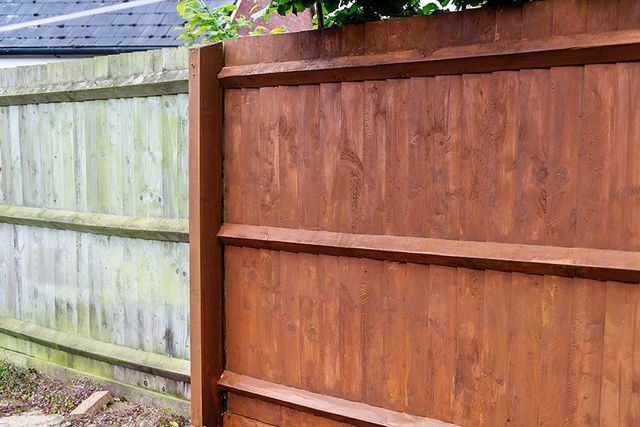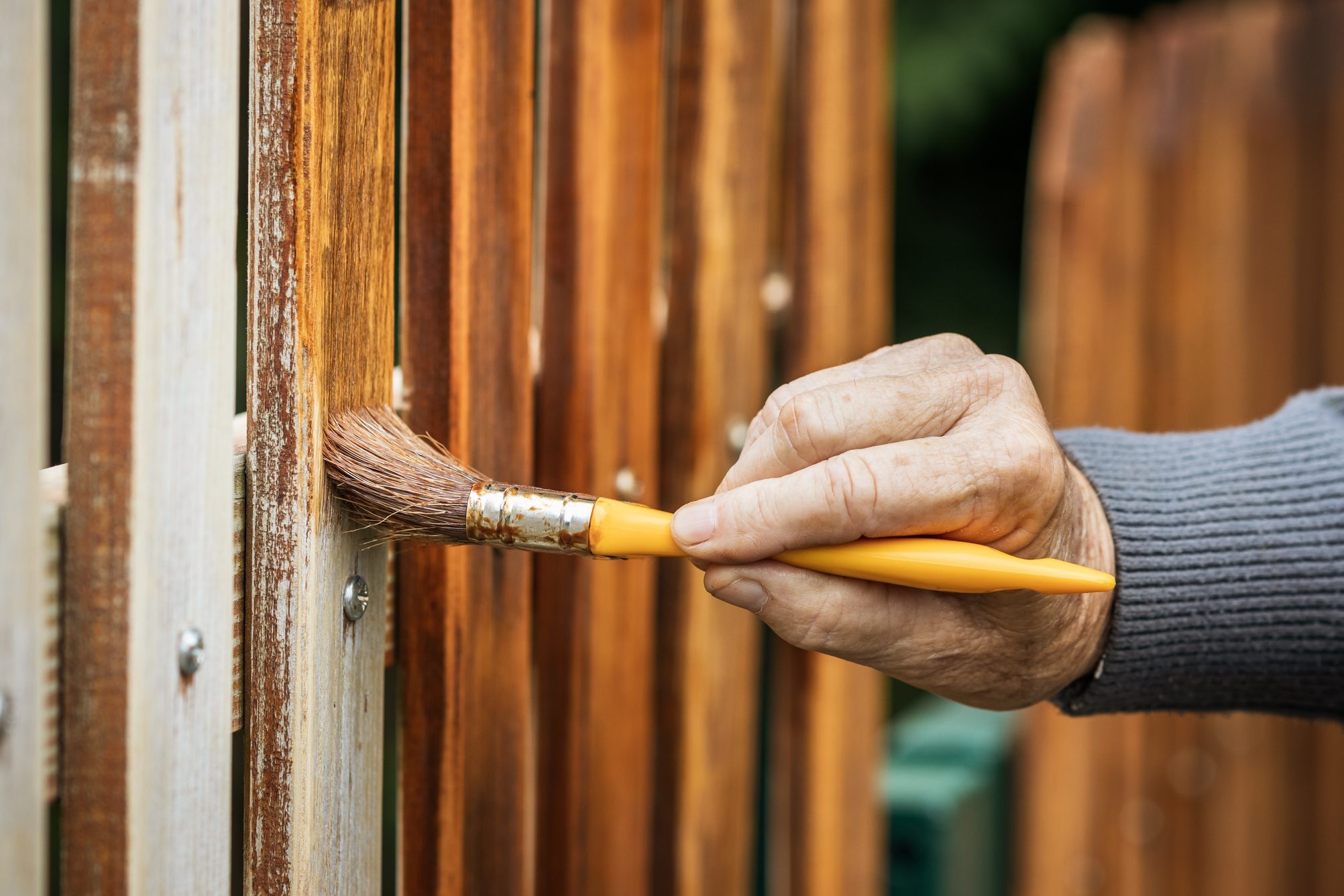The Ultimate Guide to Fence Staining: Tips and Techniques You Need to Know
In the world of home upkeep, fence staining frequently emerges as a job that requires focus yet is frequently overlooked. Whether you are an experienced Do it yourself lover or a homeowner looking to boost the aesthetic appeal of your property, recognizing the nuances of fencing staining can make a considerable difference.
Advantages of Fencing Discoloration
What advantages does fence discoloration deal to homeowners seeking to boost both the look and durability of their exterior structures? Fencing staining gives various advantages that make it a prominent option for homeowners looking to shield and improve their fencings.
Furthermore, fence staining aids to shield the timber from the elements, such as rainfall, snow, and UV rays. This security not just avoids the timber from rotting and rotting but additionally expands its life-span, saving house owners money on pricey repair services or substitutes over time. Fence Staining. Furthermore, staining develops a barrier against bugs, such as termites and woodworker ants, which can cause substantial damage to unattended timber fences
Selecting the Right Stain

Another variable to consider is the degree of security you prefer for your fence. Clear stains supply marginal protection against UV rays and dampness, while semi-transparent and strong stains use enhanced security. If your fencing is exposed to extreme weather conditions, a strong tarnish may be the best alternative to make certain maximum resilience.

Preparing Your Fencing
Prior to applying the chosen stain, thorough prep work of the fence surface is essential to ensure ideal outcomes. Begin by cleansing the fencing to eliminate dust, particles, and any type of old discolor or repaint. Make required fixings to make certain the fence is structurally sound.
After cleansing and repairing, it is vital to sand the fence to create a smooth surface for the stain to abide by. Utilize a medium-grit sandpaper to eliminate any type of harsh patches or blemishes. Wipe down the fencing with a tack towel to remove any staying dust bits.
Using the Spot

When using the tarnish, work methodically area by section, beginning with the leading and moving downwards to prevent drips and make sure even protection. Usage long, smooth strokes to apply the stain towards the wood grain, permitting much better penetration and a much more professional coating. Make sure to maintain a damp edge to avoid lap marks and overlap each stroke somewhat to blend the discolor seamlessly. As soon as the very first layer is total, enable it to dry according to the manufacturer's directions before deciding if a 2nd layer is necessary for included protection and durability.
Keeping Your Stained Fencing
To make certain the long life and aesthetic charm of your discolored fence, regular upkeep is crucial. In addition, it is critical to monitor the sealer on useful reference your tarnished fencing and reapply it as required to safeguard the wood from wetness and UV damage. By following these maintenance tips, you can ensure that your tarnished fencing remains in leading problem for years to come.
Final Thought
To conclude, fencing staining supplies various advantages such as security versus weathering and improving the aesthetic allure of your home. By selecting the best stain, properly preparing your fencing, applying the discolor correctly, and maintaining it frequently, you can ensure your fence remains in leading condition for years ahead. Adhering to these ideas and methods will aid you achieve a beautifully tarnished fencing that will stand the examination of time.